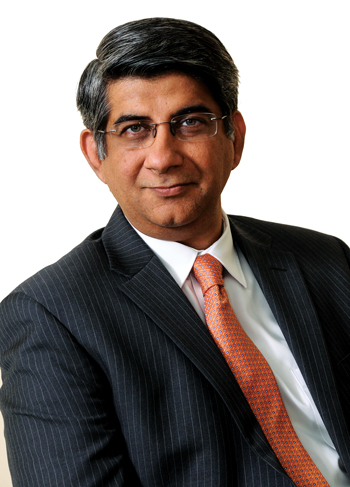We sat down with Viren Popli, President and CEO of Mahindra Ag and Mahindra Automotive North America. Mahindra sells tractors and SxSs at more than 500 dealerships.
We got Popli’s thoughts on how the COVID-19 pandemic has impacted business, supply chains, human resources, and more.
Rural Lifestyle Dealer: How has the COVID-19 pandemic impacted business?
Popli: I think all of us were completely panicked as to what was going to happen to the business in the beginning of 2020. In early March 2020, everyone was canceling orders, holding supply chains, stopping everything and putting their plans on hold. I think 2020 actually set up 2021. The rural market never really slowed down. It missed a beat but came right back and came back really strong. The last 18 months have changed the business more than probably the last 5-10 years did—if you look at the amount of learning our dealers had to do in terms of the digital way of doing things. Digital marketing, lead management—people were remote quoting, managing phone calls. We were dragged into a whole new world over the course of a few weeks. We’d been investing in back end technology upgrades already, so we were fairly well prepared. We were able to quickly support all of our dealers in this space. Also, advising our dealers on how to manage COVID-19 with customers. Eventually, everyone figured out their own path in that area. On the business side, the U.S. market has come back much stronger and faster than the rest of the world has.

RLD: How has the supply chain been affected because of the pandemic slowdown?
Popli: The market demand has kicked back in, but countries that supply the U.S. with raw materials have not switched back on. If you look at most of Africa, where the iron ore and copper ore mines are, all those countries are still not switched on. So, you’re seeing demand depleting the supply chain. From the beginning of the supply chain to our factories, there’s a huge amount of stress right now. I think that’s causing a very interesting challenge. Something like this was going to happen. We all knew it, but there’s very little you can do because so much is out of your control.
RLD: When do you foresee the supply chain issues resolving?
Popli: I don’t see this situation resolving itself at least until the middle of 2022. We’re starting to see some relief on the supply chain in a few areas, but not fully. This is the lean season in the U.S. as well. Come March, you’re going to quickly use everything that you’ve built up. So again, you’re going to be back to square one. While our business may not be pulling as much on the supply chain side, everyone’s stocking up for the holidays. Through April, May, June, and the second half of 2022, we should start seeing some alleviation of the problems on the supply chain side.
RLD: How has the pandemic changed the personnel side of the business?
Popli: Finding the manpower, training, retraining, supporting—there’s so much. The challenges in front of us have always been people. I think the key element of the business for at least the next 24 months is going to be managing people. Probably 30% of my time is going to human resources, 30% is going to supply chain and 30% to everything else. And I don’t see that going away. I think the whole area of human resource management in the U.S. is going to be interestingly challenging for the next 24-36 months. This is a long-term trend. It’s not just factored on the employment and unemployment numbers. I think there’s a lot more underneath it. A lot of people who were working beyond age 65 have decided they don’t want to do this anymore. You’re seeing a huge chunk of people who are reassessing. Is this what I want to do? Is there something else I want to do? The whole experience of what we’ve gone through has changed people in many different ways.
RLD: What is your outlook for 2022 and beyond?
Popli: If you look at customer trends broadly, we are seeing these same people who are reassessing their lives are moving outside the big cities. Working remotely has become a big reality for many people, so they’re moving to save costs. There’s a shift towards a semi-urban and rural lifestyle. Within the 50 miles around a big city you’re seeing a lot of people moving and buying large properties. Overall, I am cautiously optimistic about the future but if there is one thing we have learned in the last 24 months, it is to expect the unexpected. We are as prepared for the unexpected as we can be.






Post a comment
Report Abusive Comment